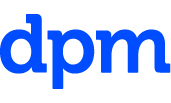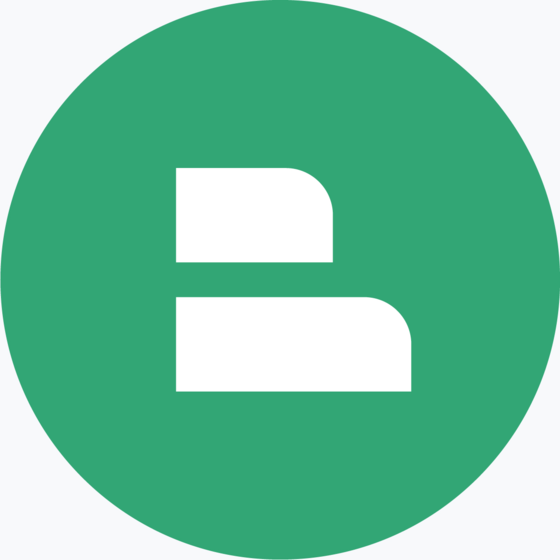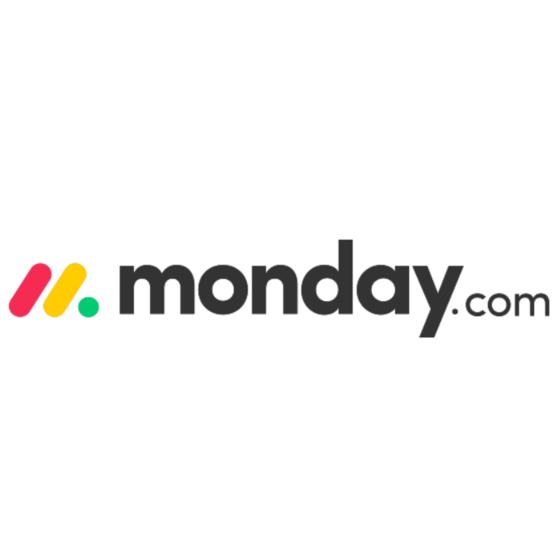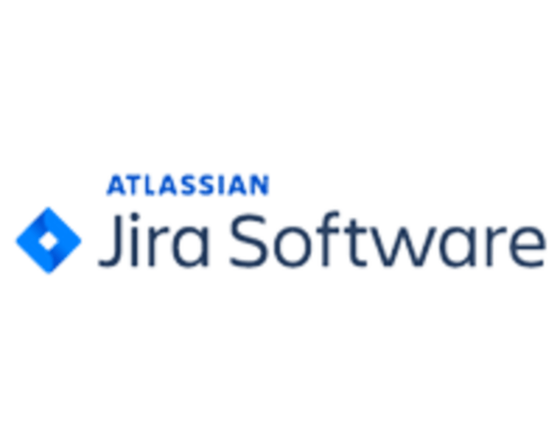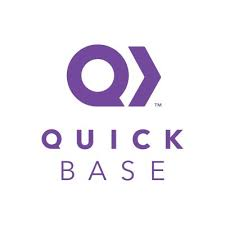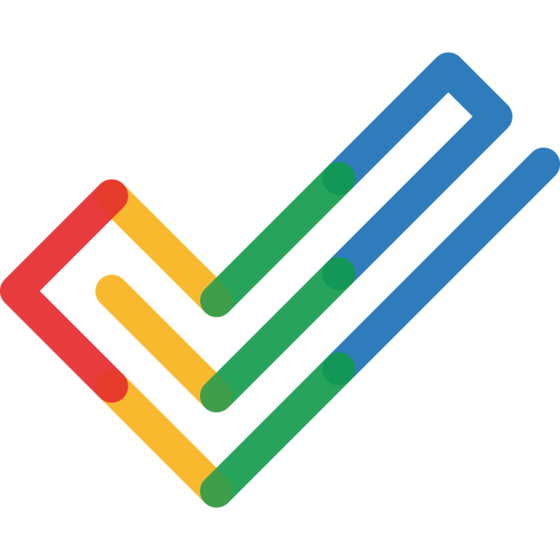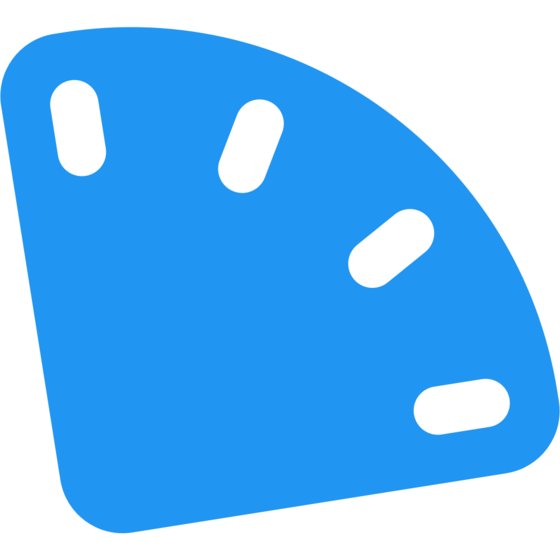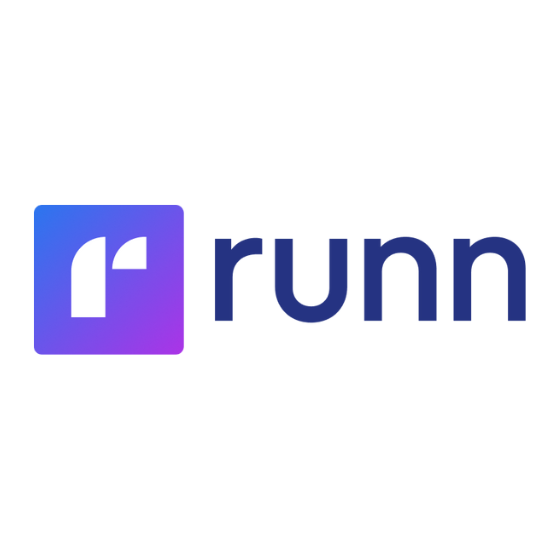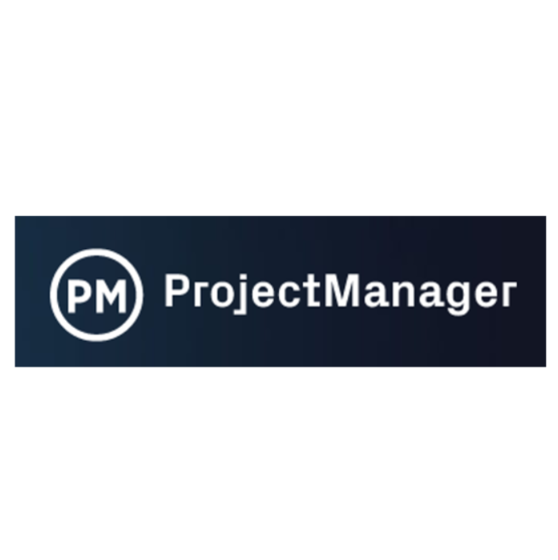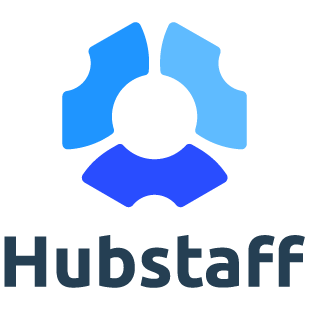10 Best Project Planning Software Shortlist
Here's my pick of the 10 best software from the 35 tools reviewed.
Get free help from our project management software advisors to find your match.
There are so many different project planning tools that making a shortlist of the best can be tricky. You want to have a central hub to create, visualize, and adjust project plans to ensure successful and timely project delivery - and need the right tool for your team. I've got you covered! In this post, I use my personal experience managing hundreds of projects and planning many different complex projects with large teams to share my picks of the best project planning software.
What is project planning software?
Project planning software is a digital tool that helps you effectively plan, organize, and manage a project from start to finish. It provides a centralized platform where you can input project tasks, set dependencies, allocate resources, and define milestones, creating a comprehensive plan that serves as a roadmap for the project's execution.
This software helps you set the stage for team members to understand how their work contributes to project success and enables clients to comprehend the project's risks and track progress.
Overviews Of The 10 Best Project Planning Software
Here’s a brief description of the project planning software on my list showing what it does best, plus screenshots to showcase some of the features.
monday.com is a colorful, user-friendly, jack-of-all-trades project planning tool for modern teams. You’ll be able to plan, track, and deliver projects using hundreds of visual and customizable templates that make data more digestible. View data as a map, calendar, timeline, or kanban. I also love the ability to automate repetitive administrative tasks, like creating new lead entries according to incoming emails.
monday.com costs from $6/user/month and comes with a free 14-day trial. They offer a free plan for up to 2 users.
Pros and cons
Pros:
- Very easy to invite others, share timelines, and assign tasks
- Simple organization by dragging and dropping tasks
- Excellent collaborative features
Cons:
- No bottleneck identification or assistance
- Automations are not fully customizable
- Best features locked to Standard or Pro versions
Best for dynamic project management through custom workflows
QuickBase is a user-friendly platform that helps you plan and manage dynamic workflows and projects. You can use its no-code builder to craft customized applications tailored to your unique business needs. It's a flexible solution that provides various tools to support your project and resource management and workflow automation.
Even for complex workflows and projects, this tool is capable of helping your map them out and execute them effectively. Because of its code-free builder, it's easy to set up your workflows and get them up and running quickly. The builder can be used for designing workflows, applications, integrations, and automations, making it a versatile tool to contribute to your various work processes.
Paid plans start from $35 per user, per month, and a 30-day free trial is available.
Pros and cons
Pros:
- User-friendly and quick to learn
- Helpful and responsive customer support team
- Highly customizable to suit various industries
Cons:
- Limited offline access
- Limited analytics capabilities
Best project planning software with built-in budget and resource allocation features
Hub Planner is a project planning software that allows businesses to manage and track their projects in a centralized location. The software helps businesses stay organized and on track to deliver their projects on time and within budget.
The software can automatically populate projects and tasks with the relevant resources needed to complete them. This information is then displayed in an intuitive interface, making it easy to see who is available to work on what and when. This feature can also track billable hours and expenses, making it a valuable tool for project managers managing internal and external resources. The capacity management feature can help users plan projects more effectively. Users can see a team's capacity and allocate tasks accordingly, which helps prevent unproductive bottlenecks and ensure your team is always working at its full potential.
The reporting feature allows users to generate custom reports based on various criteria. This feature will enable users to track project progress, identify improvement areas, and make data-driven decisions about utilizing resources best. Reports can be generated for individual projects or an entire portfolio and customized to include only the information relevant to the user. In addition, reports can be exported in various formats, making it easy to share them with others or to keep them for future reference.
Pricing for Hub Planner starts at $7 per resource monthly when billed annually. A 60-day free trial is available for all plans.
Best for planning multiple projects of varying complexity
Zoho Projects is a project planning and management solution that can support multiple projects of any scale or complexity. The platform has tools like Gantt charts, Kanban boards, portfolio dashboards, a built-in issue tracker, and a task automation system with blueprint functionality. The task automation with blueprint feature enables project managers and admins to map out their entire workflow, creating a visual flowchart representation.
Tasks and notifications can be automated, and approval criteria can be set for projects and tasks. The software also has collaboration tools like discussion boards, community forums, and real-time activity feeds. In addition to project planning , users can also benefit from in-depth reporting. The cloud-based software’s reporting tools allow project managers to generate detailed reports to keep track of various aspects of project performance and progress.
Pricing for Zoho Projects starts at $5 per user/month with a 10-day free trial included. A free plan is available for teams of no more than three users.
Pros and cons
Pros:
- Free plan is available for up to 2 projects and up to 3 users
- Migration from other software providers is available
- Robust feature suite for team members and project managers alike
Cons:
- Employee scheduling functionality is limited
- Large feature set can make for a steep learning curve
ClickTime is a comprehensive project planning system that helps organizations achieve smarter time management by allowing users to track time spent on various tasks and projects, either through manual entry or timers. ClickTime aims to streamline time tracking and expense management processes to enhance productivity and resource management and to increase profitability and customer satisfaction.
ClickTime offers real-time visibility into project progress, enabling managers to allocate resources efficiently. For example, ClickTime enables you to monitor a project’s profit, costs, and billings as teams work against a budget in real-time. The ability to visualize project metrics at-a-glance helps teams plan, organize, and monitor project performance in one place. From that view, anyone can drill down for a deeper view into specific projects or clients to stay on top of goals and budgets.
ClickTime costs from $10/user/month and offers a 14-day free trial.
Pros and cons
Pros:
- Provides extensive reporting tools
- Helps users to accurately predict project timelines and costs
- Offers a wide selection of customization options
Cons:
- Integrations may require additional configuration
- Long lag times when entering data
- Mobile app functionality needs improvement
Runn is an affordable project planning tool with real-time scheduling, tracking, and forecasting features. It has an accessible and readable shared project view with charts and templates designed to highlight dependencies and due dates. It also has a full API available for building custom integrations.
Runn costs from $10/user/month and has a freemium plan for up to 5 users.
Pros and cons
Pros:
- Easy-to-understand cost, revenue, and profitability forecasts
- Quickly create 1-day, 1-week, or recurring assignments
- Easily transfer assignments to other people or placeholder
Cons:
- Concierge onboarding limited to enterprise plans
- A bit of a learning curve to use holistic planning views
Best for multiple project views (lists, kanban boards, Gantt charts, etc)
ProjectManager is a cloud-based project planning software that runs on both Windows and Mac computers with no downloads or complex installation needed. Gantt chart tools help users and your team plan, schedule, and update your projects in real-time. You can plan simple workflows or full Agile sprints with powerful Kanban boards, Gantt charts, and task lists.
ProjectManagement costs from $15/user/month and offers a 30-day free trial.
Pros and cons
Pros:
- Good for costing and construction work monitoring
- Easy to use project scheduling
- Fits well into an Agile framework
Cons:
- No way to track and update partially complete tasks
- No way to sort Agile Boards by project, only by task
- Most reports require a manual clean-up
Hubstaff Tasks is a project management tool built to simplify project planning and team collaboration. With its Kanban interface, you can create multiple project stages, add tasks to them, and move tasks to different stages by dragging and dropping.
Aside from Kanban, the app has a Sprints feature that lets users organize their assigned tasks by the sprint in which they need to be done. Tasks can be moved to current or future sprints — or to the backlog for non-urgent to-dos.
Hubstaff Tasks includes a Roadmaps feature that allows you to view projects in Gantt chart form. Users can see all projects on a calendar, giving an overview of the team’s timeline.
The app also has daily stand-ups that your team can use to report progress updates and what they will be working on next. Project managers will receive a notification if team members report any task roadblocks.
Pricing for Hubstaff Tasks starts at $7 per user per month.
Pros and cons
Pros:
- Different project views allow for more accurate project planning
- Built-in stand-ups feature for progress tracking
- Task notifications help keep everyone on the same page
Cons:
- Limited integrations
- No reporting
- No mobile app
FunctionFox is a pretty great project planning tool, but it's an especially good fit for creative teams. It provides easy, visually intuitive project management tools like a simple online timesheet feature that helps you figure out if your billable and nonbillable hours on a project are within your estimates. You can also schedule project milestones, meetings, and actions—everything you'd need to plan out and then carry out projects.
FunctionFox costs from $5/user/month and offers a free demo.
Pros and cons
Pros:
- Unlimited number of clients and projects
- Designed with the creative industry in mind
- Easy, accessible automatic timer
Cons:
- Has time tracking but no automated time capture
- No Kanban board planning
- Minimal format options for downloading reports
LiquidPlanner is a cloud-based project management software that enables users to plan, collaborate on, and deliver projects of all sizes. The software uses a unique 'liquid planning' approach that considers the complexities and uncertainties of real-world projects to create more accurate plans and predictions.
Its forecasting engine helps users predict how long a project will take. This engine considers all project tasks and their dependencies and uses statistical analysis to generate a range of possible completion dates. The forecast can be refined by adjusting the input parameters, such as the estimated effort for each task or the project's expected duration.
Liquid Planner offers integrated time-tracking, which can be used to generate reports, helping users optimize their workflow and productivity. The resource leveling feature automatically schedules and reschedules tasks based on each team member's availability and workload, and ensures that no team member is overburdened with work.
Finally, the data customization feature allows users to choose which data points to display and create custom fields to track additional information. A user can track the number of hours worked on a project or the amount of money spent on materials.
Liquid Planner makes their API documentation available for teams who want to build custom integrations with their current digital ecosystem.
Pricing starts at $15 per user monthly.
Pros and cons
Pros:
- Free plan available
- Uses Monte Carlo simulations for forecasting
- Custom rate sheets track billable time
Cons:
- Unlimited tasks only available in its Ultimate plan
Best Project Planning Software Comparison Chart
Here is a table where you can compare the tools we just reviewed in the overviews.
| Tools | Price | |
|---|---|---|
| monday.com | From $8/user/month (billed annually, min 3 seats) | Website |
| QuickBase | From $600/month (billed annually), which equates to $25/user/month with a minimum requirement of 20 users. This is for the Team plan, which includes core features suitable for smaller teams. For larger organizations or those needing advanced features, QuickBase offers higher-tier plans, and pricing for these can be obtained upon request. | Website |
| Hub Planner | From $7/user/month (billed annually) | Website |
| Zoho Projects | From $5/user/month (billed annually). | Website |
| ClickTime | From $10/user/month | Website |
| Runn | From $10 /person managed/month | Website |
| ProjectManager.com | From $13/user/month (min 5 seats) (billed annually) | Website |
| Hubstaff | From $7/user/month | Website |
| FunctionFox | Starts from $35/month | Website |
| LiquidPlanner | From $15/user/month (billed annually) | Website |
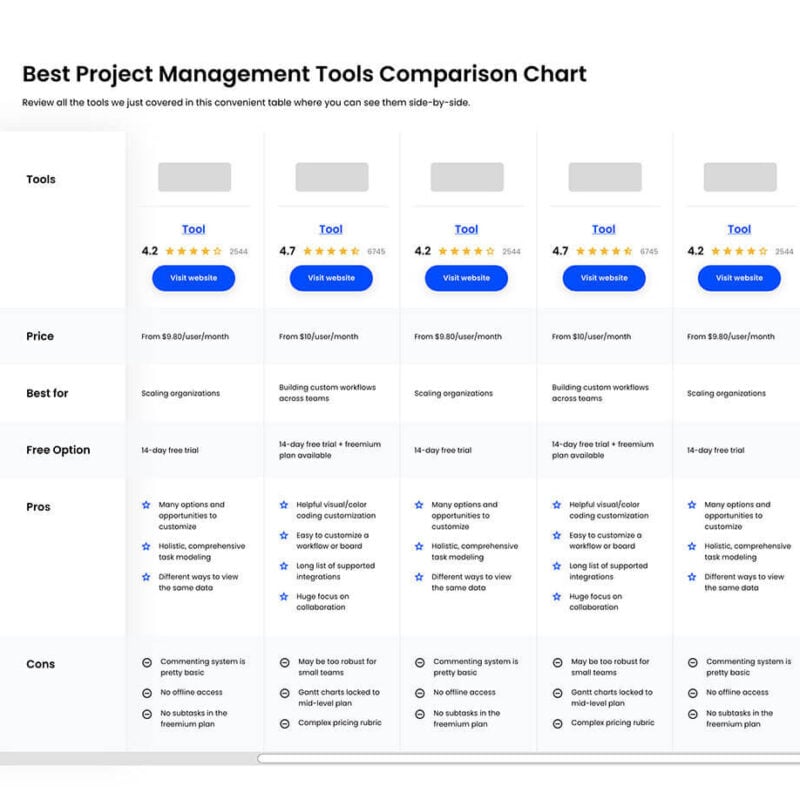
Compare Software Specs Side by Side
Use our comparison chart to review and evaluate software specs side-by-side.
Compare SoftwareOther Project Planning Software Options
Here are descriptions of a few other tools to try out:
- Easy Projects
Best for enterprise teams from medium to large companies
- Office Timeline
Best for PowerPoint timeline visuals
- Height
Best for cross-functional project planning
- ClickUp
Best project planning software for small teams or small businesses
- Smartsheet
Best project template gallery
- Wrike
Best project planning software for agencies
- Hive
Best online project planning tool for 3rd party integrations
- Celoxis
Best for enterprise project planning
- Birdview
Best for planning projects, resources, and finances in one system
- Kantata
Best for contextual collaboration
- Ravetree
Best for integrated project planning and management
- Trello
Best for task collaboration
- Forecast
Best for AI work automation
- ProWorkflow
Best planning tool mobile app for most touchscreen-based devices
- Teamwork.com
Best for project templates
- Scoro
Best for building and construction management
- Sciforma
Best for Waterfall and Critical Chain methodologies
- Basecamp
Best for software development planning
- Planview Clarizen
Best project planning for marketers
- OpenProject
Best open source project planning software
- TeamGantt
Best free Gantt chart software
- EasyProjects
Best for web design planning
- Workzone
Best for personal to-do lists and automatic reminder emails
- Asana
Best simple to use project planning
- KeyedIn
Best for project portfolio planning
Free Project Planning Software
- Nutcache – Pretty generous free plan: free forever for max 20 users (includes unlimited projects, time tracking, some integrations, and more)
- Runn – Free for up to 5 users with unlimited projects
- TeamGantt – Free forever for up to 3 users and 1 project
- Wrike – Free for up to 5 users
- Monday.com – Free for up to 5 users
- ClickUp – Free for unlimited users with some storage and feature restrictions
- Asana – Free for up to 15 users
How I Picked The Best Project Planning Software
Selecting the top software for this review was a process that resembled a funnel. First, I selected all the popular project planning tools I could find based on user reviews and ratings. Then, I narrowed down the list based on my experience in project management and the features that I believe are key to have. Finally, I selected the top 10 and defined the criteria below to help with my evaluation. Here’s a summary of my evaluation criteria:
User Interface (UI)
Project management software needs to organize all data quickly, efficiently, and cleanly. It’s easier to get teams and clients on board when your tools make it visually clear what needs to happen when.
Usability
Does the project planning software offer tutorials, training, whitepapers, forums, and customer service to help users? Does it work with iOS and Android for planning on-the-go? How does it support remote teams or hybrid teams? Can you create accounts for your entire team and set up user permissions as needed?
Integrations
You’ll find with project planning software that you might need two or more tools to do everything you need to do. Does each planning tool connect to everything else in your tool kit, such as task management software, CRMs, and invoicing software? Does the project software plug into common project-oriented software like Excel, Google Drive, Jira, Microsoft Project, Zapier, messaging apps (like Slack), Dropbox, and so forth?
Pricing
How appropriate is the price for the features, capabilities, and use case? Is pricing clear, transparent, and flexible? I place priority on tools that have simple scalability options to add additional features, users, or storage space. Most tools charge depending on the number of users or according to which features you require.
What key features do I look for in project planning software?
- Planning and scheduling charts and templates
- Task dependencies
- Project timelines, calendar views, and roadmaps
- Team collaboration features and communication features (chat, comments, etc)
- Task management and work management features, such as checklists and to-do lists or a timeline view
- Documentation for planned workflow processes
- Track progress through real-time reporting and analysis of KPIs
- Project budget planning and tracking
- Portfolio management and tracking overall portfolio health
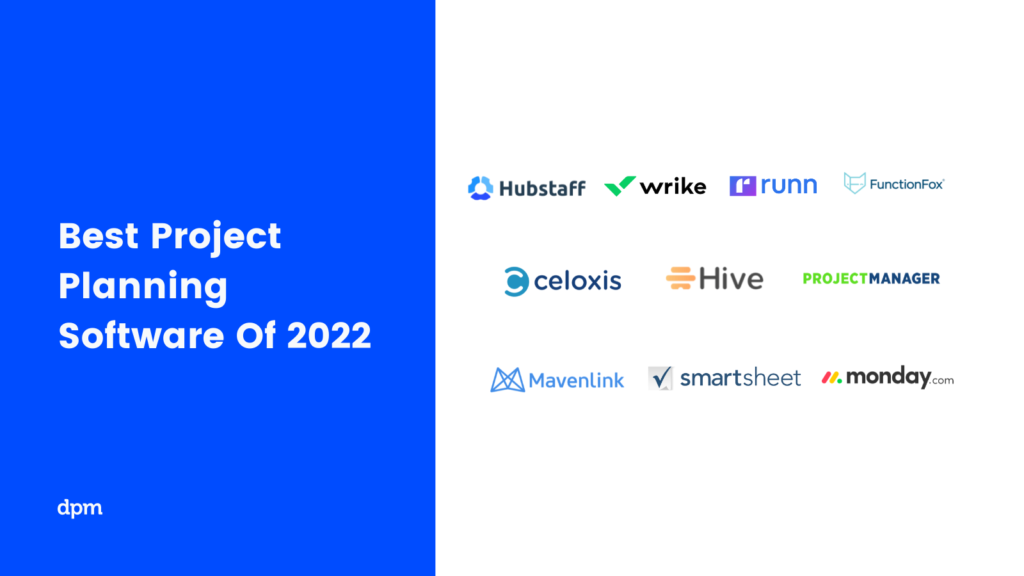
What's Next?
The best project management software and all the advanced features in the world will not be enough if you cannot create a project plan. In our 10-step guide to a project plan, you can quickly learn about this phase’s deliverables, how to work with agile methodologies like Scrum, and access a template that is perfect for small teams in startups or other small businesses.
And speaking of phases, you should read about the project life cycle. This article tells gives you a quick rundown of each phase and the docs related to them.
Related Tool Lists:
- 10 Best Web-Based Resource Scheduling Software
- Resource management software
- Project tracking software
For updates on our latest articles and podcasts from project management experts, sign up for the DPM newsletter.
